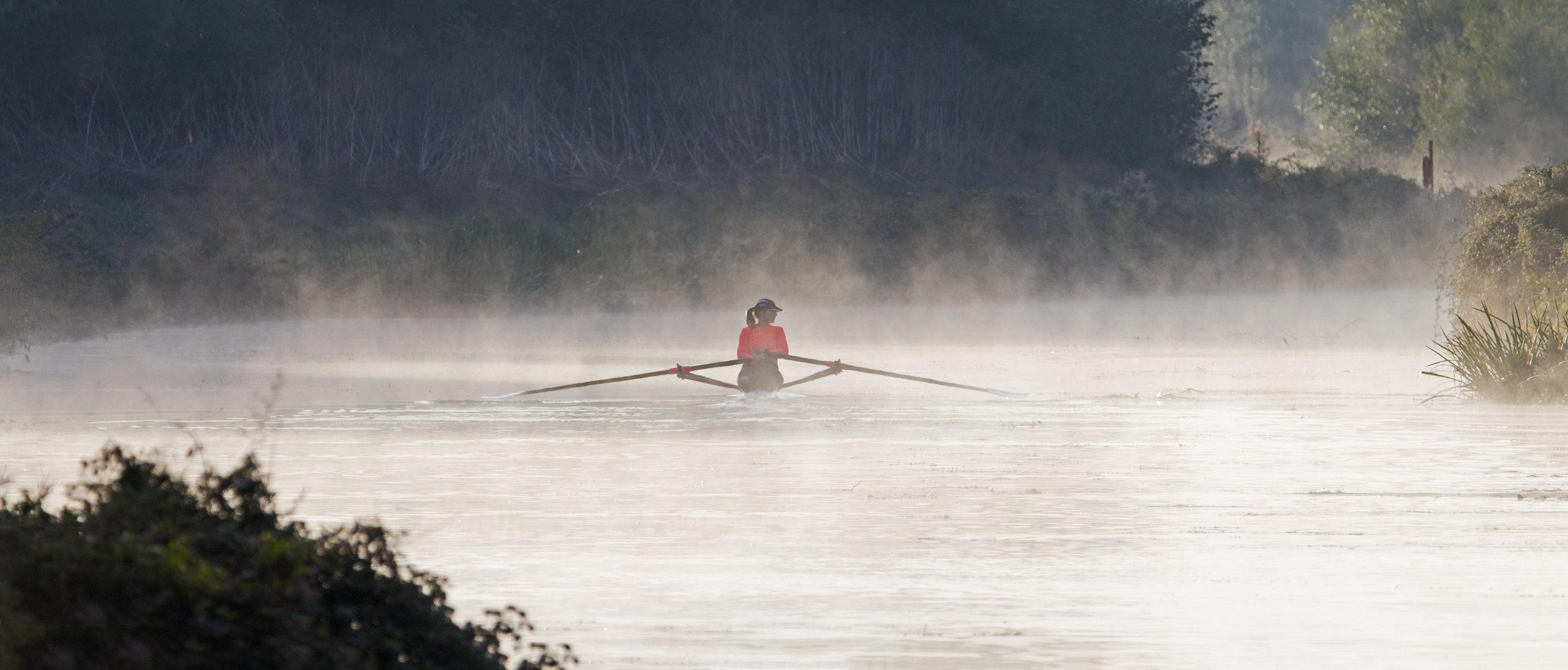When you go backpacking and camping, one of the most important details to consider is how and where you will go to the bathroom. The last thing you want is to be stuck in the middle of a forest with nowhere to go. To make sure this doesn’t happen, it’s important to plan ahead and understand your options when it comes to where you can poop while backpacking.
In the Backcountry: One key rule when it comes to backpacking is that you should always leave no trace. This means that if you must use a restroom in the backcountry, you should always bury your waste at least 6-8 inches deep and at least 200 feet away from any water sources or trails.
If there is no shovel available, use a stick or rock to dig a small hole and cover it up afterwards. It’s also important to always carry toilet paper with you as well as some hand sanitizer for after.
At Campgrounds: Some campgrounds provide restroom facilities for their visitors, which can be a great option for those who don’t want to dig their own holes in the backcountry. Not all campgrounds have restrooms though, so make sure to check ahead of time if there will be one available or not. If there is one available, it’s important to keep in mind that they may not always be clean or stocked with toilet paper, so you may need to bring your own supplies.
On Trails: When hiking on developed trails, there may be occasional outhouses located along the way that can provide much needed relief during long hikes. This isn’t guaranteed though, so again it’s best to come prepared with all the necessary supplies just in case there isn’t one nearby when needed.
When All Else Fails: In an emergency situation where no other options are available and no facilities are around, it is possible for people who are experienced and know what they are doing to safely use a plastic bag system known as “cat-holing” as a last resort solution. This system involves using two plastic bags (one inside the other) along with an absorbent material such as leaves or dirt which can help contain any odors and prevent contamination of water sources. It should only be used in extreme cases though since it can still cause pollution if not done properly.
Conclusion: When planning your next backpacking trip, it’s important to consider where you will go when nature calls! In most cases, using an established restroom facility such as those found at campgrounds is best but if none are available then burying your waste at least 6-8 inches deep and 200 feet away from any water sources or trails is recommended. In extreme cases where nothing else is available cat-holing may be used but this should only be done by experienced individuals who know what they are doing since it can still cause pollution if not done properly.

